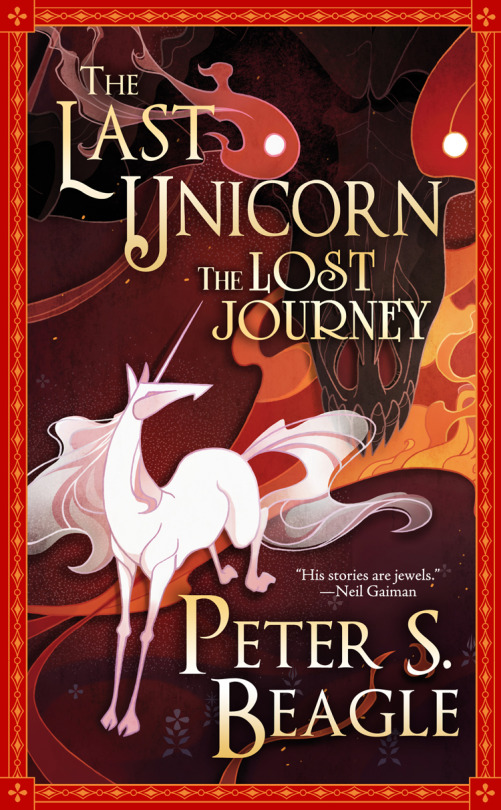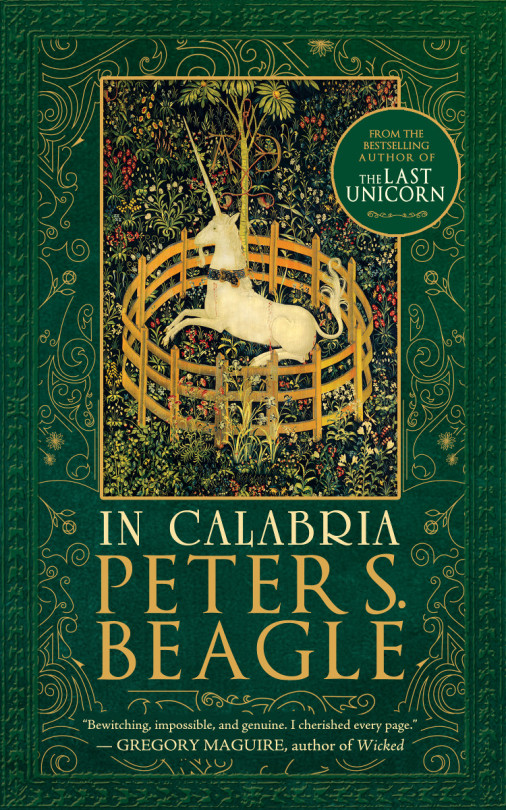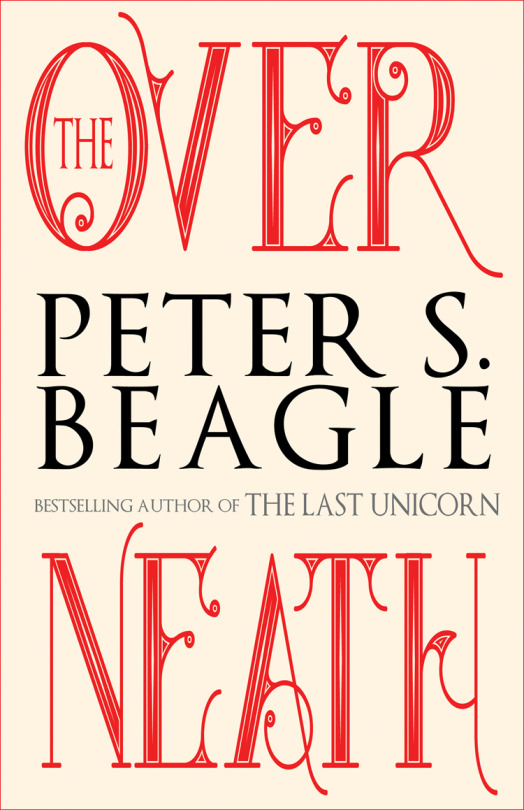Peter S. Beagle is such a fine writer, and grows finer with age

For B&N SCI-FI & FANTASY BLOG, Ceridwen Christensen delivers a loving profile of Peter S. Beagle and his most famous work in Peter S. Beagle’s The Last Unicorn, Immortal at 50.
Peter S. Beagle’s The Last Unicorn was first published in 1968—50 years ago!—but my entrance into the narrative was via the 1982 Rankin/Bass film adaption. Probably best known for stop-motion holiday perennials like “Rudolph the Red-Nosed Reindeer,” the animation studio briefly had a sideline in adapting fantasy classics, among them J.R.R. Tolkien’s The Hobbit and Beagle’s (then and now) most revered work.
In the U.S. (and particularly in the ’80s), animation meant “for kids.” While neither The Hobbit nor The Last Unicorn were written for children, precisely, they both have charming, conspiring narrators, and are the kind of tales that can be read aloud beautifully. The script for The Last Unicorn was written by Beagle himself, and what resulted is lovely film, and a terrifying one, for children and their inevitable parents. It’s especially striking in the ambiguity of its conclusion—a happily-ever-after more than tinged with melancholy and regret.

When I finally picked up the novel, some years back, I thought I knew what to expect, and was wholly unprepared to be left poleaxed by its delicate beauty.
The Last Unicorn was only Beagle’s second novel, published when he was in his late 20s, but it is an unbelievably accomplished work; both winsome and wistful, happy and sad, longing and fulfilled. My notes, jotted down during that first reading, are just lines of oppositional adjectives, dichotomies that somehow resolve to wholeness within the text.

The ending of the novel feels final and true, but Beagle has written well more into the unicorn wood since The Last Unicorn was published half a century ago—even as he has adapted the original novel into new forms; see the film’s screenplay, as well as a quite beautiful graphic novel. IN CALABRIA details a pair of unicorns who are almost an inversion of first and last unicorn: wholly bestial, without speech, but with the glimmering immortality that does not and cannot know regret.
Last year’s THE OVERNEATH, a collection of short stories about a bestiary of topics, tells the stories of three unicorns, several other monsters, and two anecdotes in the life of Schmendrick, the last of the red-hot swamis. The first elucidates how he ended up with such a horrible name; in Yiddish, a language of the most nuanced insults, schmendrick means something like “one who is out of their depth.” The second finds Schmendrick just after his release from Nikos’ tutelage.

“Two Hearts,” a novelette that won both the Hugo and the Nebula the year it was published, and can be found in the collection THE LINE BETWEEN, is a sort of coda to The Last Unicorn—a telling Beagle resisted for decades. This fall arrives THE LAST UNICORN: THE LOST JOURNEY, 96 pages of pages of musings and ephemera that provide a glimpse of an early draft of the novel, written when Beagle was just 23; the promotional copy promises an encounter with a dragon.
Since I first read The Last Unicorn, I’ve fallen into other of Beagle’s works, and every time I read him, I am floored by his command of language, his sly sense of humor, his almost casual profundity. Just this year he honored by the Science Fiction & Fantasy Writer’s of America’s as a Damon Knight Grand Master, an award for lifetime achievement. Unfortunately, many of his books have gone in and out of print. Boy, but I would love to see lush, newly illustrated editions of his prodigious catalog, beginning with The Last Unicorn, his most enduring work. He is such a fine writer, and grows finer with age.
For more info about THE LAST UNICORN: THE LOST JOURNEY, visit the Tachyon page.
Cover by Thorsten Erdt
Design by Elizabeth Story
For more info about IN CALABRIA, visit the Tachyon page.
Cover design by Elizabeth Story
For more info about THE OVERNEATH, visit the Tachyon page.
Cover design by Elizabeth Story
For more info about THE LINE BETWEEN, visit the Tachyon page.
Cover by Ann Monn
